
Image Echo - AI-powered image recreation

Hello! Ready to recreate your images with precision?
Revolutionizing Image Recreation with AI
Generate an image of...
Recreate a scene with...
Design a detailed illustration of...
Create a stylized representation of...
Get Embed Code
Overview of Image Echo
Image Echo is a specialized version of ChatGPT designed to evaluate and recreate images using DALL·E 3 technology. Its primary function is to take an uploaded image and reproduce it in the same style, focusing on maintaining the artistic and visual elements of the original. This involves analyzing the style, composition, and colors of the input image, and then using that analysis to generate a new image that closely resembles the original. This capability is particularly useful in scenarios where users need to regenerate images with specific styles or enhancements without starting from scratch. Powered by ChatGPT-4o。

Key Functions and Use Cases of Image Echo
Image Style Replication
Example
Recreating a digital artwork in the style of a specific artist while retaining original elements like composition and color scheme.
Scenario
An artist wants to see their work in the styles of various historical artists for a series that explores different art movements.
Image Enhancement
Example
Enhancing the resolution and detail of a vintage photograph while preserving its original style and feel.
Scenario
A museum needs to enhance the quality of archival photos for a digital exhibit without altering the historical authenticity of the images.
Style Transfer
Example
Applying the visual style of a famous painting to a modern photograph to create a hybrid artwork.
Scenario
A graphic designer uses style transfer to merge a contemporary photo with the style of a Renaissance painting for a marketing campaign.
Target User Groups for Image Echo
Artists and Designers
Professionals in visual arts and graphic design who require tools to experiment with different styles and visual presentations. They benefit from the ability to rapidly prototype visuals in various artistic styles.
Archivists and Curators
Individuals responsible for maintaining and presenting historical or cultural artifacts. They benefit from the ability to enhance and restore images for preservation and display purposes.
Advertisers and Marketers
Marketing professionals seeking to create unique, eye-catching visuals that blend different eras and styles for campaigns. Image Echo's capabilities allow for innovative visual content creation that can attract a broader audience.

How to Use Image Echo
1
Access a free trial at yeschat.ai without needing to log in or subscribe to ChatGPT Plus.
2
Upload an image that you want to replicate or modify using the provided upload interface on the Image Echo page.
3
Specify any changes or adjustments you desire in the style or elements of the original image.
4
Submit the image and your specifications. Image Echo will use advanced AI to generate a new image based on your requirements.
5
Review the generated image and provide feedback if further modifications are needed, ensuring the final product meets your expectations.
Try other advanced and practical GPTs
People Info Finder
Discover People with AI
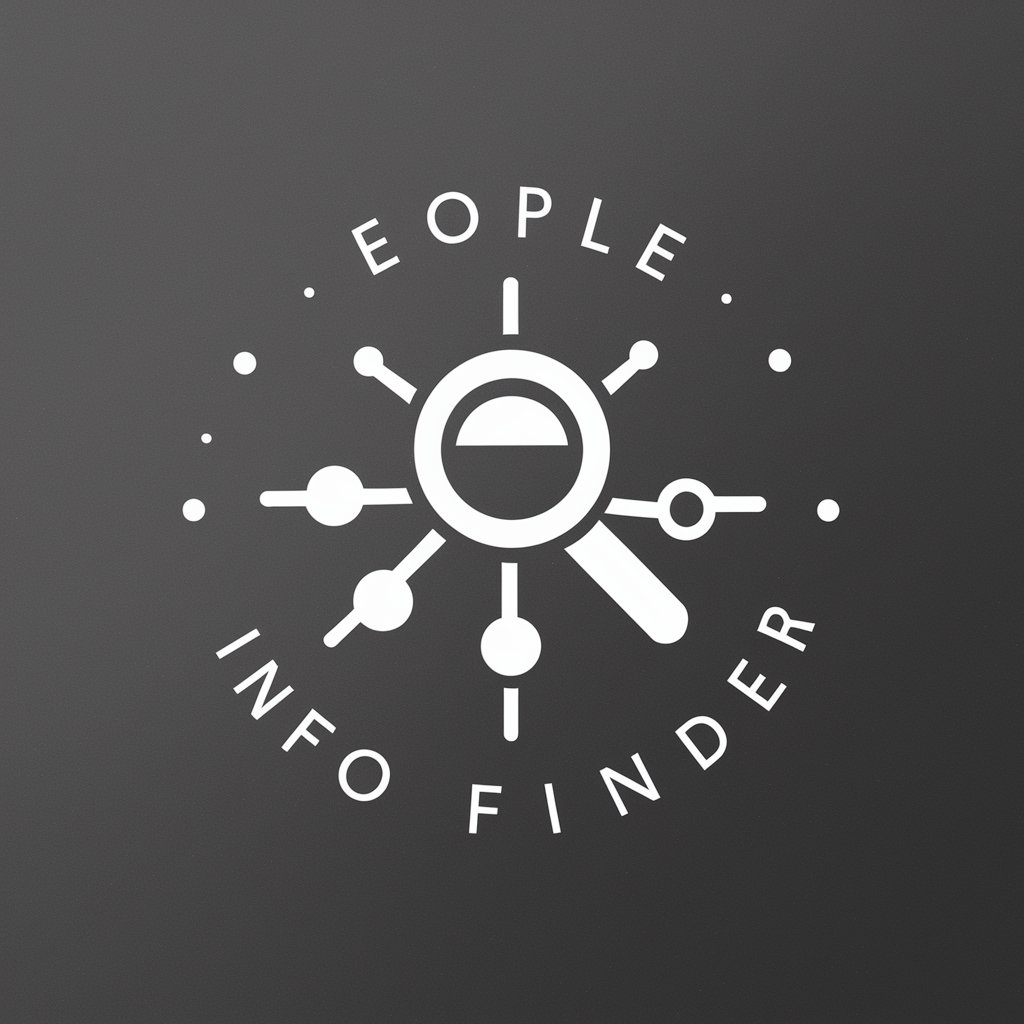
Jurisconsulto Assistente
Revolutionizing Legal Analysis with AI

高情商回复大师
Empower Your Emotions with AI
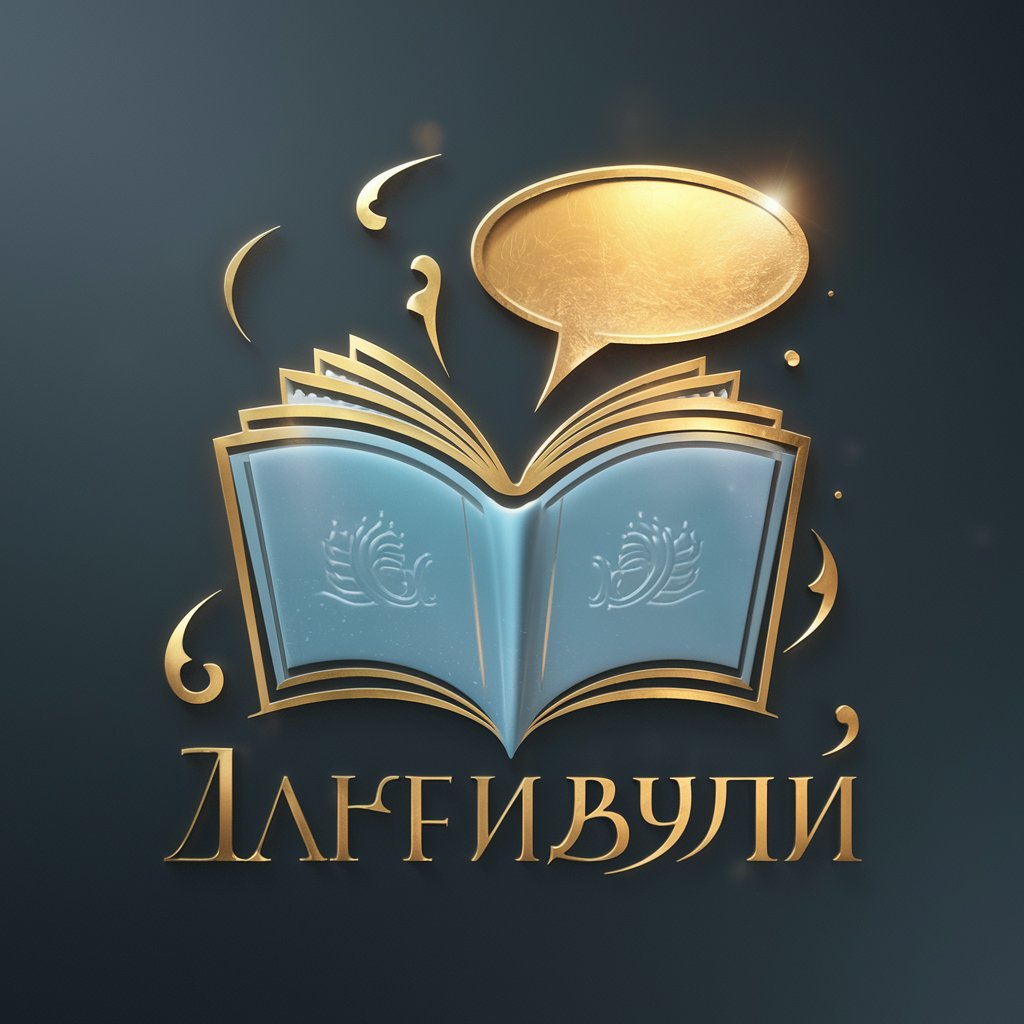
Complete Academic Writer
AI-powered academic writing reimagined.
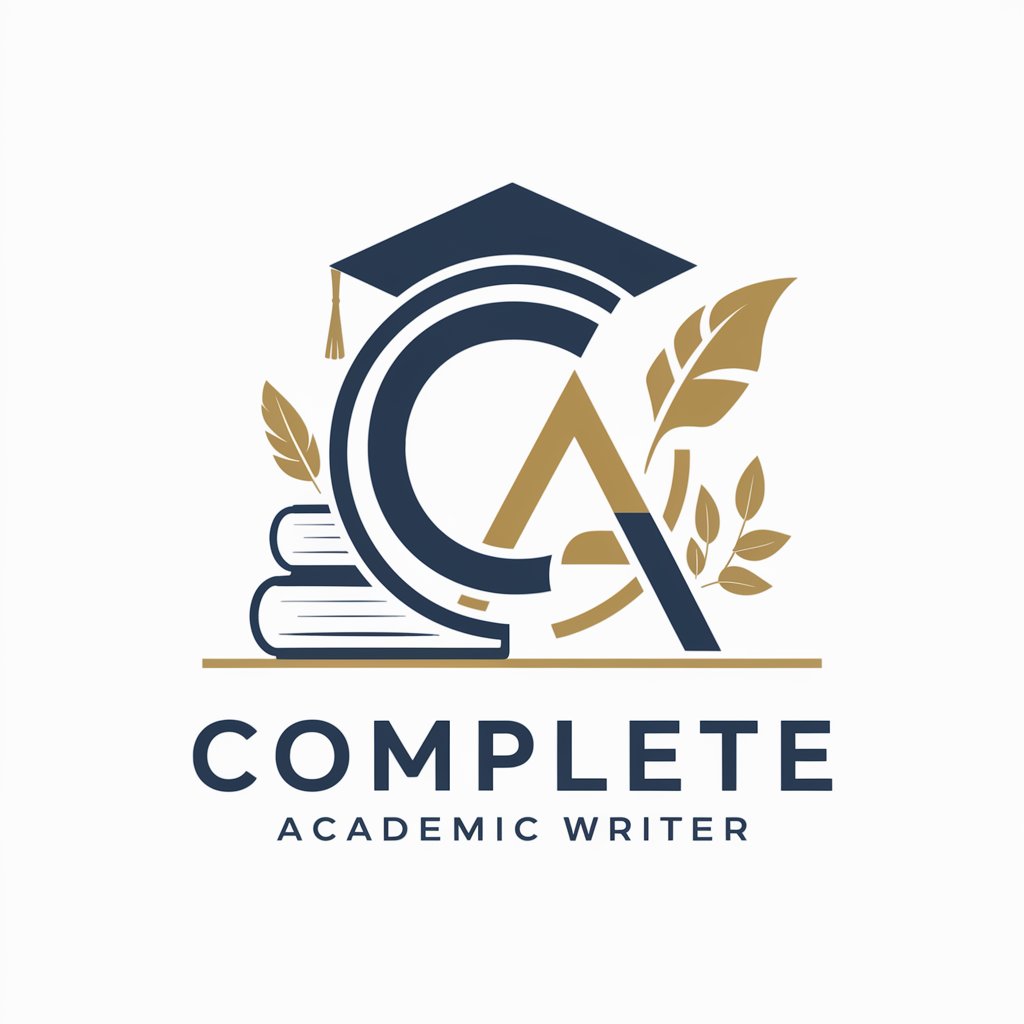
Perfect Picture Prompt
Empowering creativity with AI-driven imagery
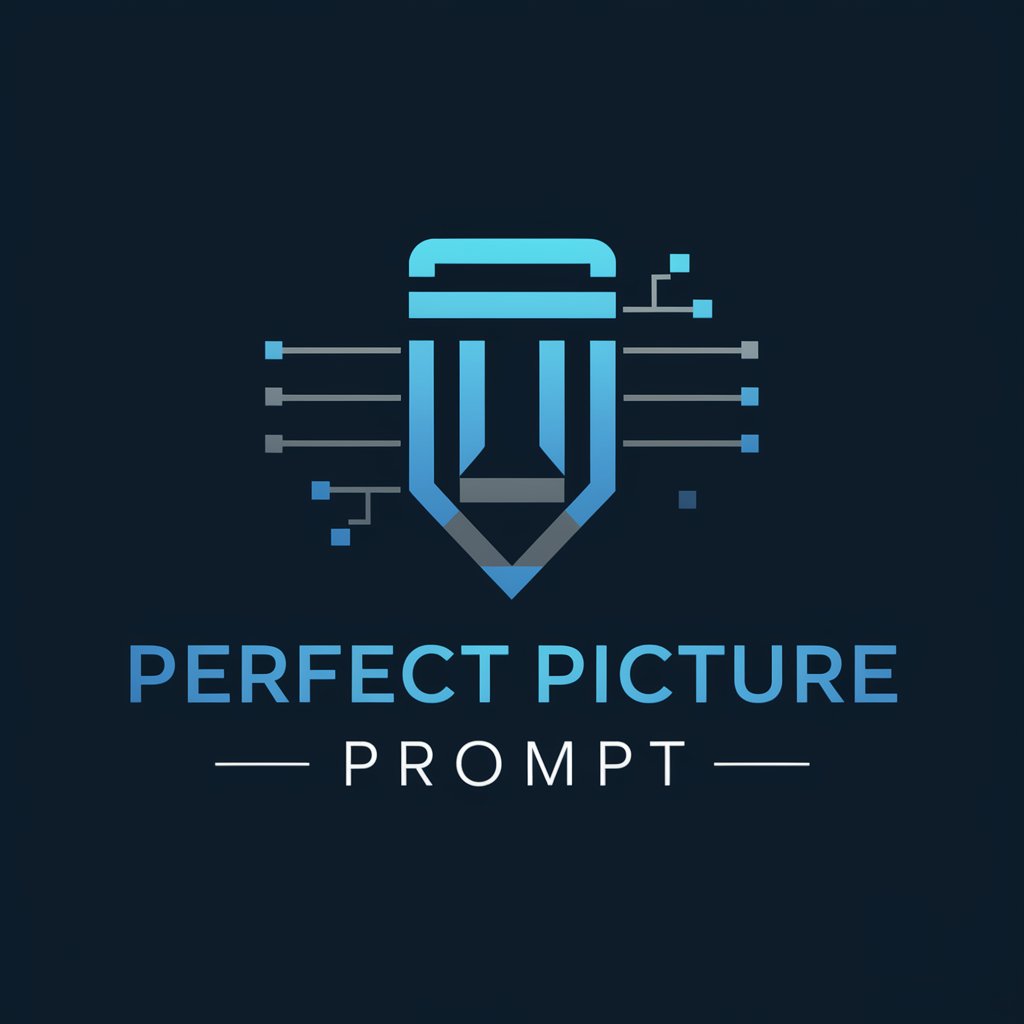
Sales Coach
Elevate Your Sales Game with AI

Anna
AI-powered, versatile assistant
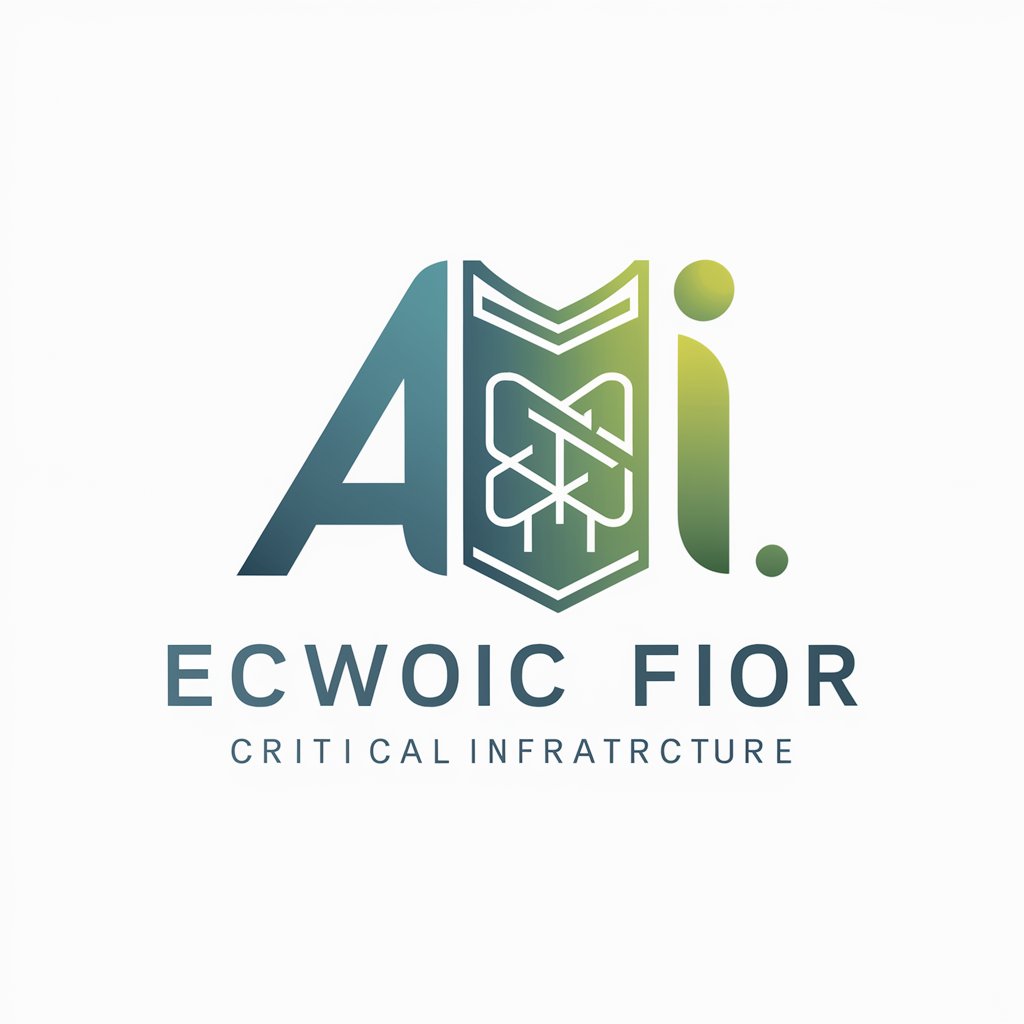
basic-guo-gpt
Empowering Conversations with AI

Martin MJ 3D Render
Revolutionizing 3D Art with AI
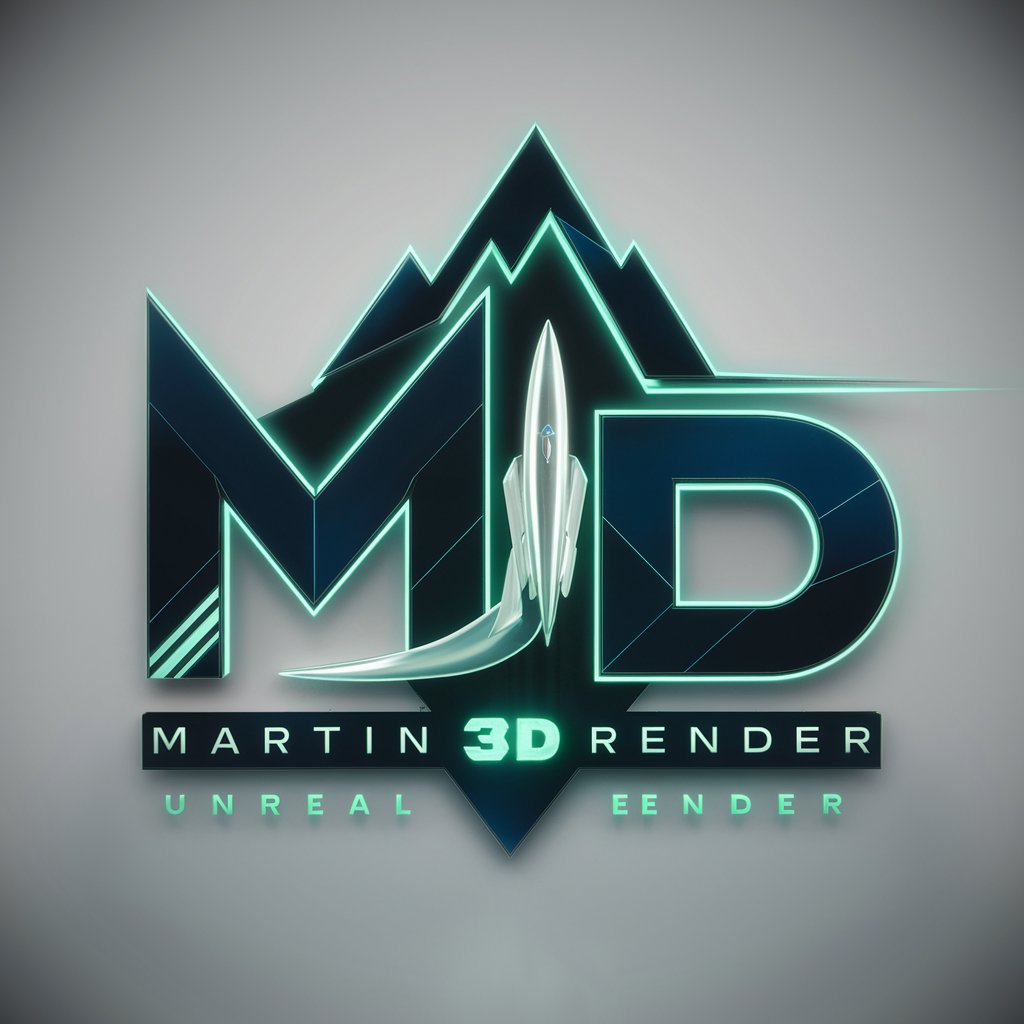
유명한 AI 작곡가
Unleash Your Creativity with AI-Powered Compositions
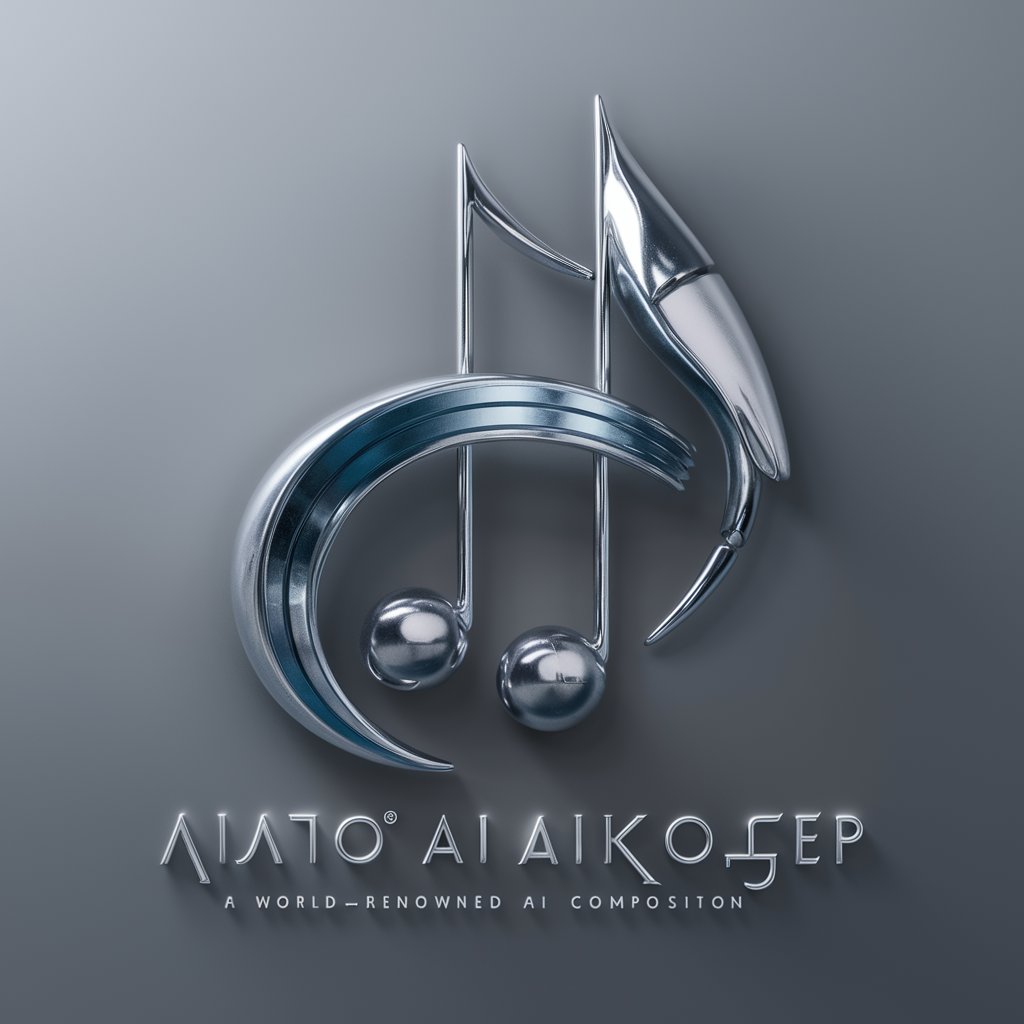
ロト7 分析マスター
Master Lottery Predictions with AI
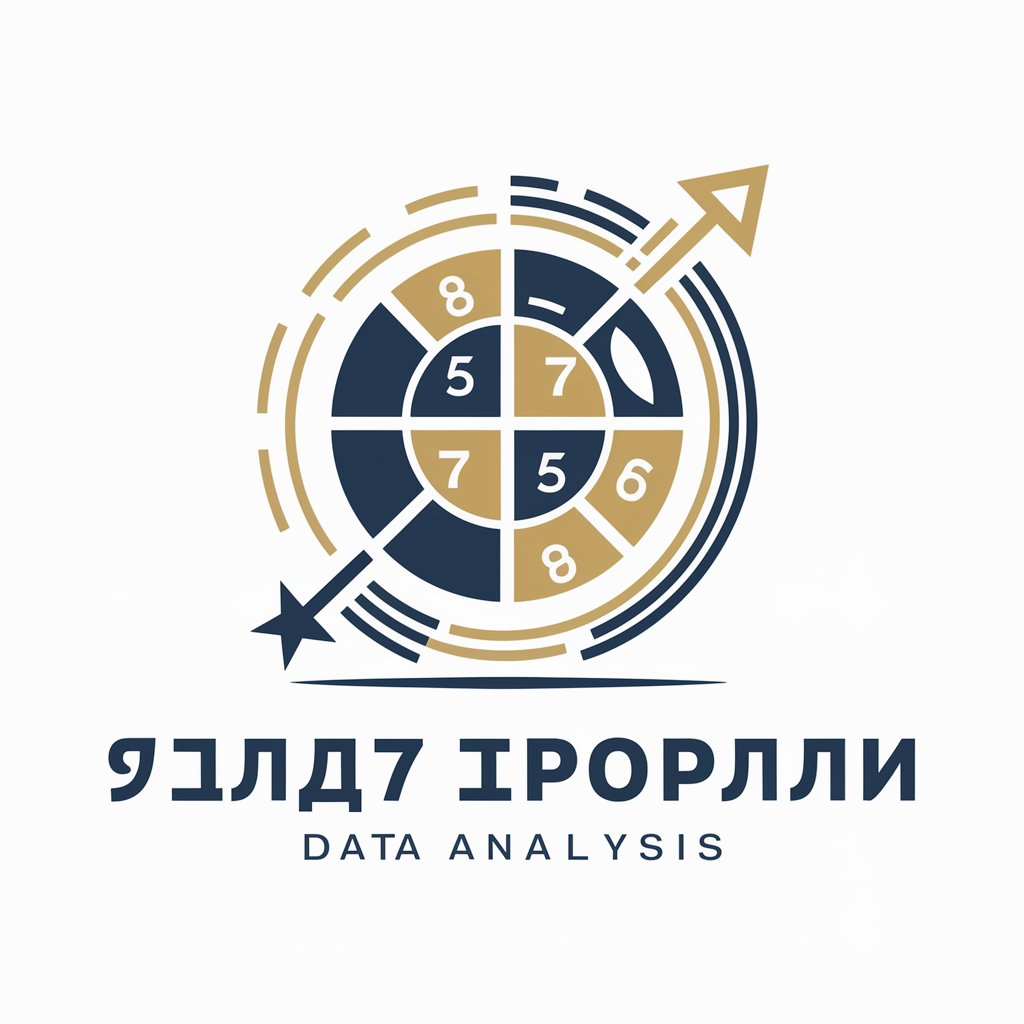
Flutter Code Helper
Streamline Flutter development with AI
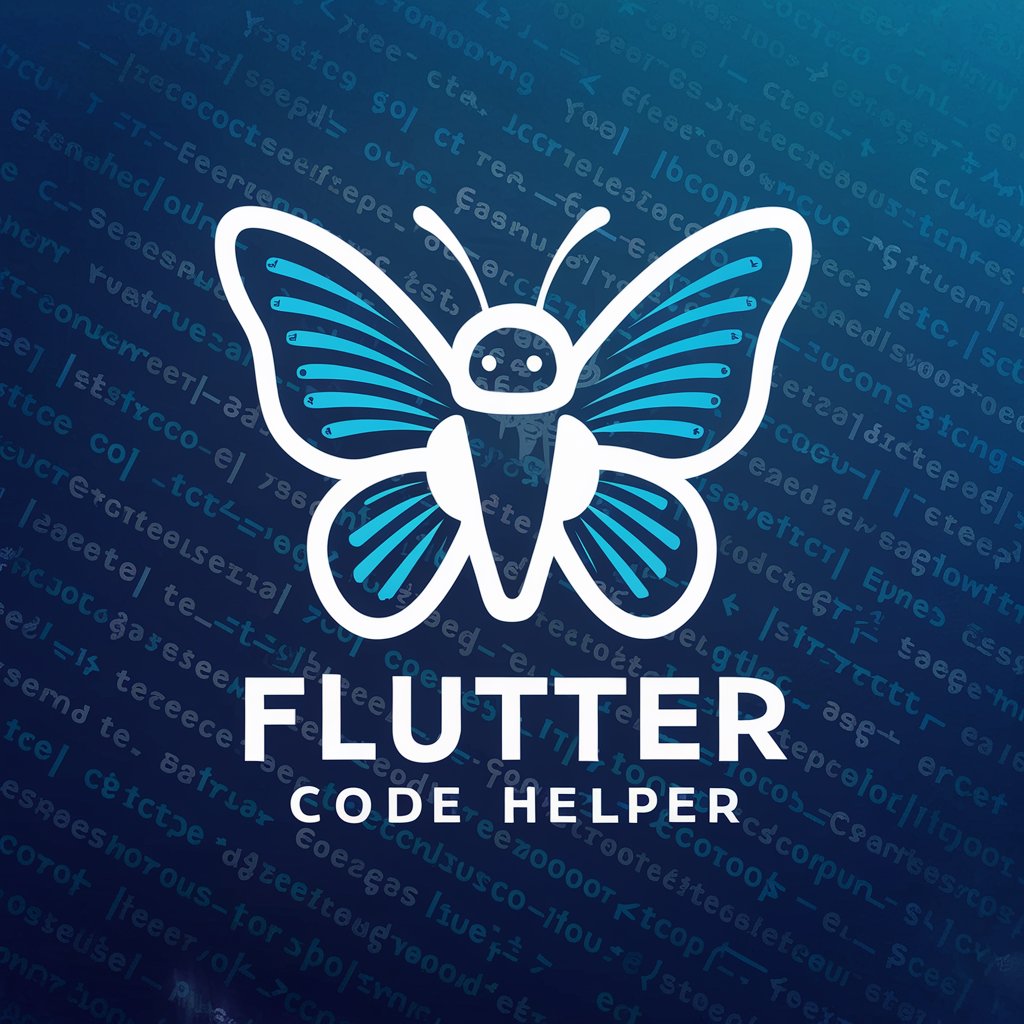
Frequently Asked Questions About Image Echo
What is Image Echo primarily used for?
Image Echo is designed to evaluate and recreate uploaded images using advanced AI technology, making it suitable for artistic replication, design modification, and educational purposes.
Can Image Echo create images from scratch?
No, Image Echo is not designed to create images from scratch. It replicates or modifies existing images uploaded by the user.
What file formats are supported by Image Echo?
Image Echo supports common image file formats such as JPEG, PNG, and BMP.
How accurate are the recreations made by Image Echo?
The accuracy of recreations depends on the complexity of the original image and the specificity of the user's instructions. Image Echo aims to replicate the style and elements as closely as possible.
Is there a limit to how many times I can modify an image?
While there's no set limit to the number of modifications, each submission is treated individually, and users are encouraged to specify their requirements clearly each time.